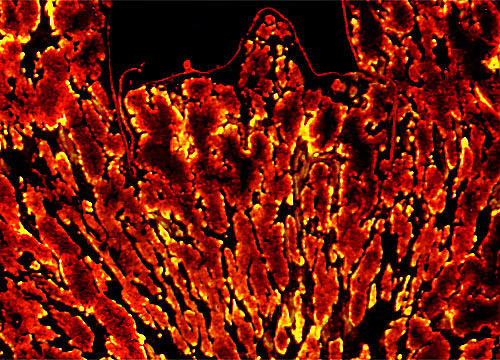
Wheat Loose Smut
Inside a seedling, parasitic smut sends out fine, thread-like filaments called hyphae that feed upon host cells. The creeping filaments form networks that invade almost all plant tissue and form an integrated structure called mycelium. Smut reproduces by forming numerous thick-walled resting spores. Upon maturity, superficial spores erupt through the confines of thin plant membranes and appear as very fine, dust-like black powder. f The minute black spores travel to other plants upon air currents or are washed into the ground to mix with seed grain during heavy dews or rain.













